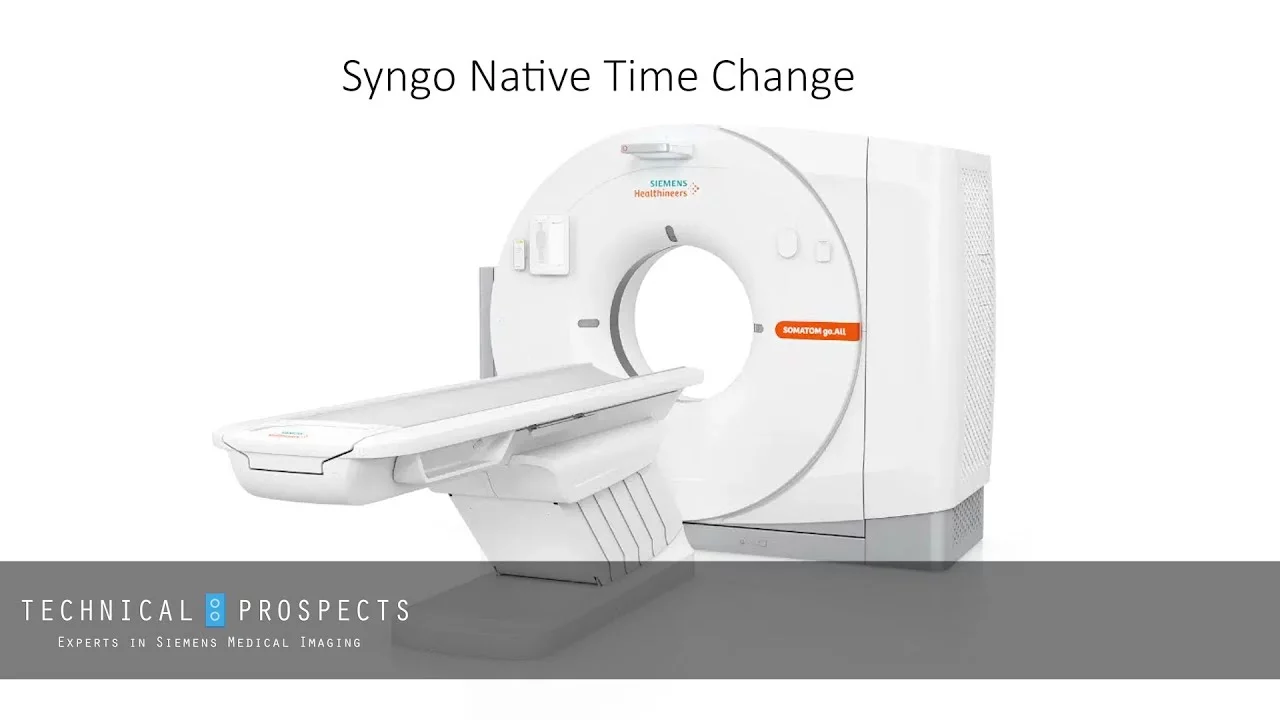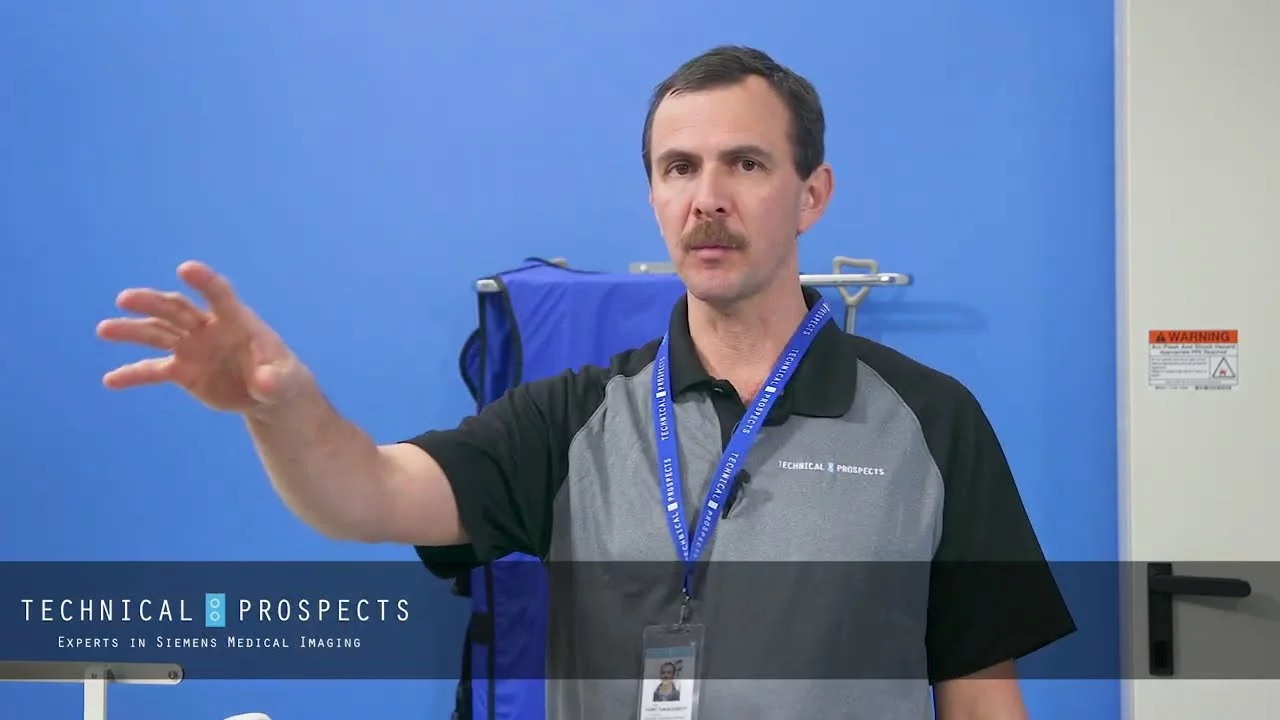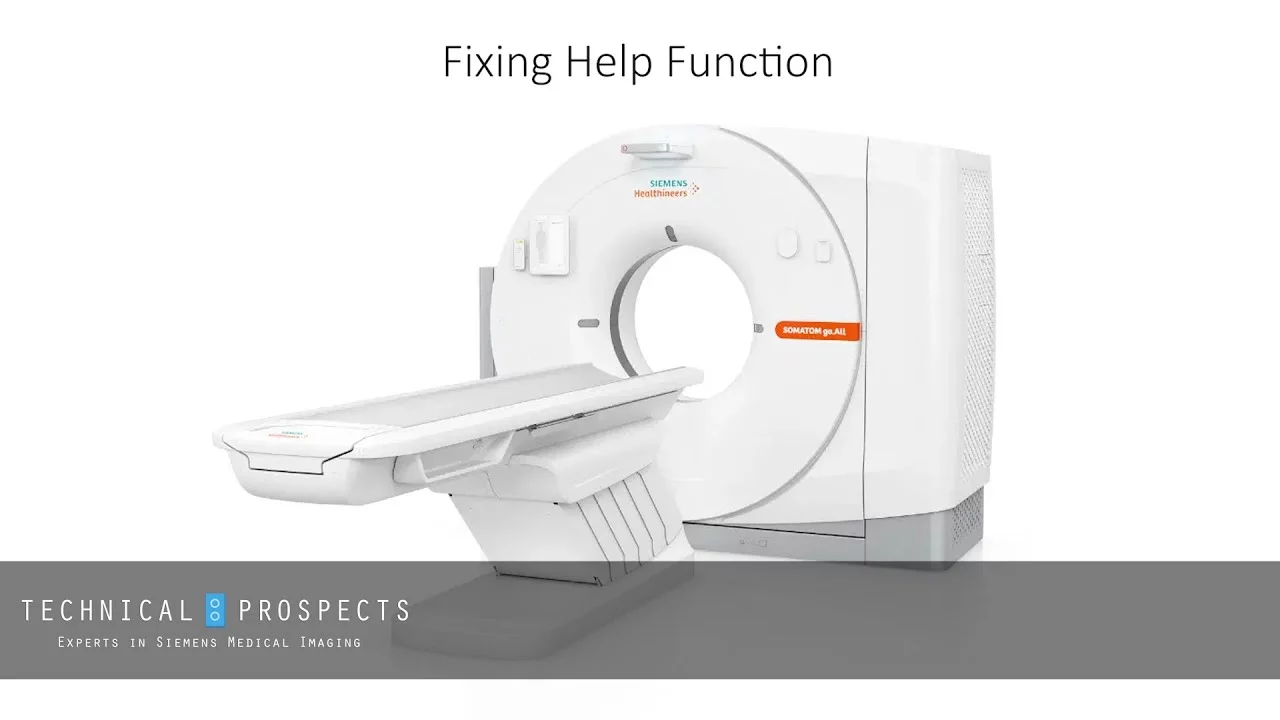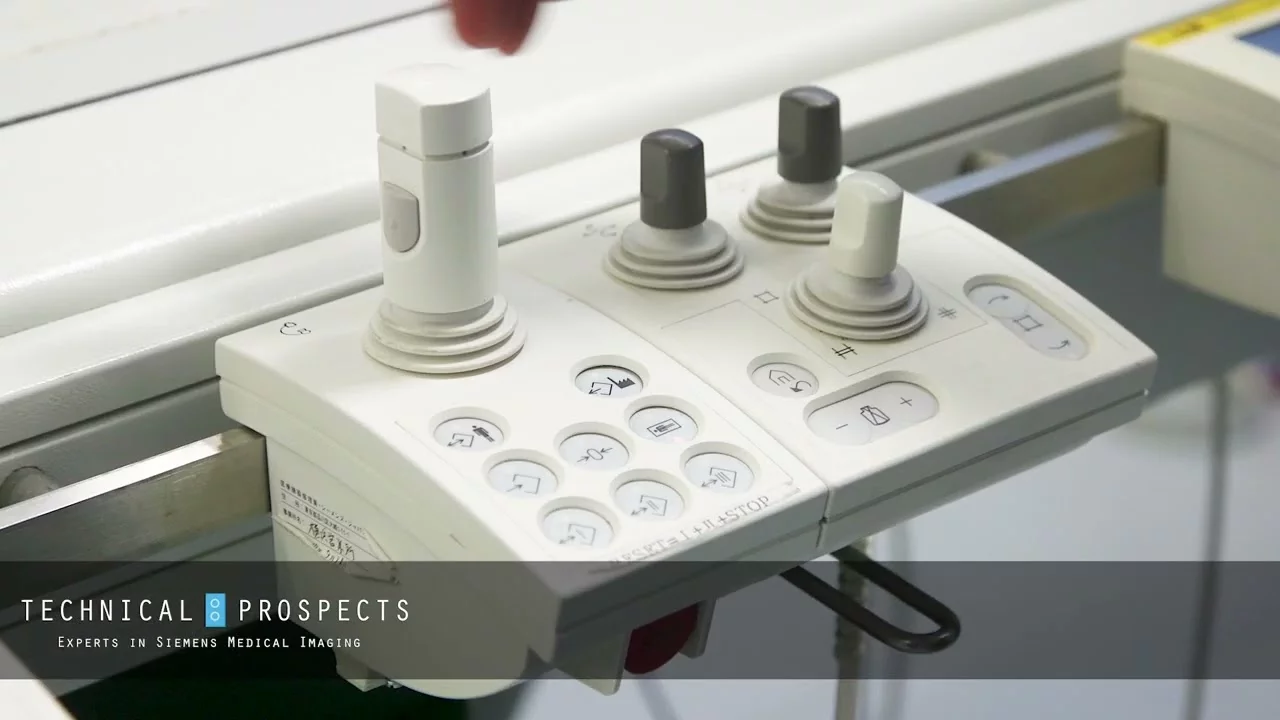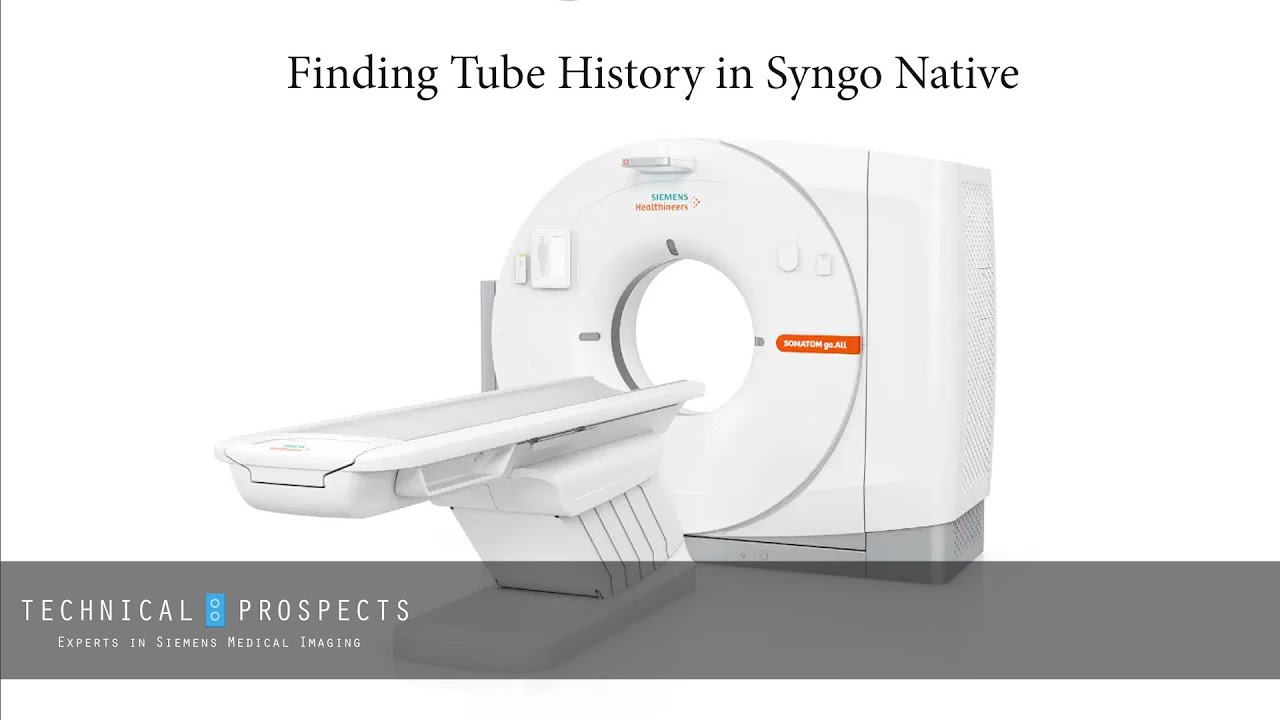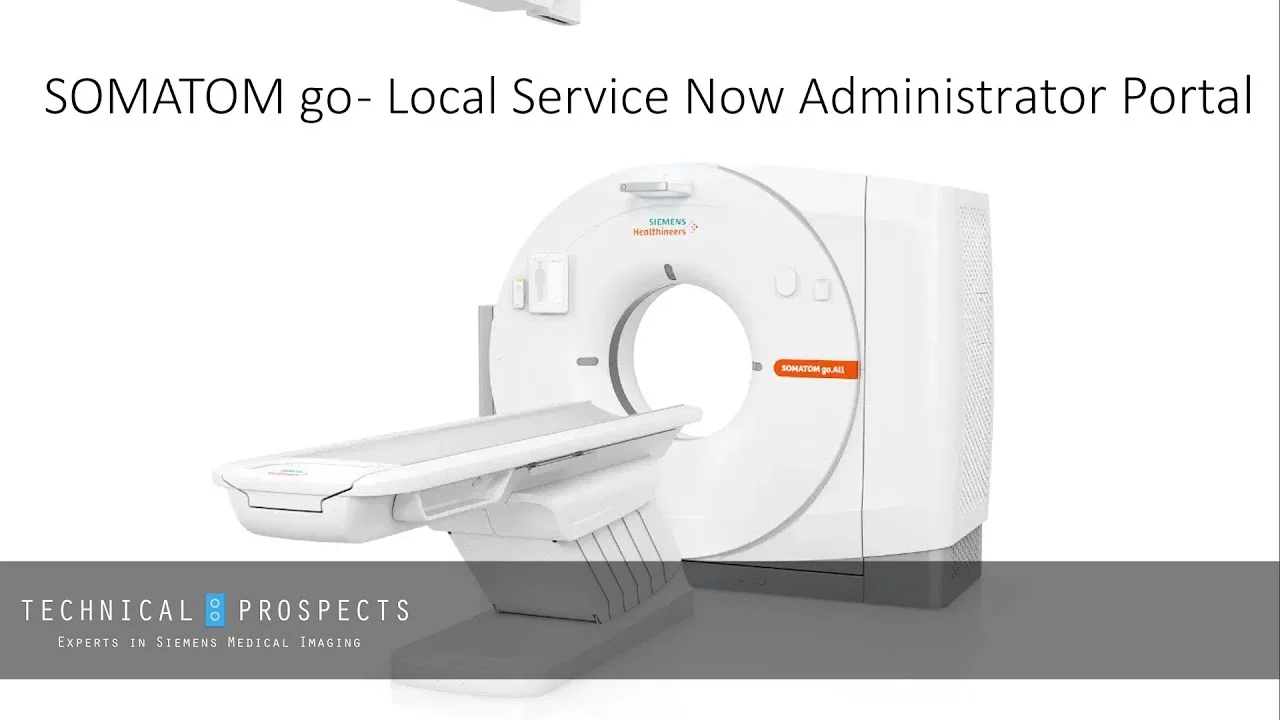Success in the medical imaging equipment industry is based upon several crucial abilities: keeping up with technological advancements, providing timely and accurate service, and effectively responding to unpredictable events, emergencies, and equipment failures.
Regarding the latter, healthcare organizations must seek to strike a healthy balance of adequate concerns for medical imaging equipment. To draw a comparison, does a check engine light in your vehicle’s dashboard mean routine maintenance is due—or is it a dire indication that an unexpected trip to a mechanic is imminent?
When interpreting irregularities of imaging equipment operations, overreacting can be as costly as underreacting, and one component that can be difficult to read accurately is the CT tube—particularly, how much arcing within it is considered acceptable.
Arcing in X-Ray Tubes
In order to examine the potential warning signs of arcing in X-ray tubes, let’s review the arcing phenomenon.
Arcing occurs when an electric current passes through the oil/air as it moves from one conductive point to another. This makes for an electrical flash of exceedingly hot temperatures—tens of thousands of degrees Fahrenheit. In CT systems, that can eventually contribute to X-ray tubes wearing out more quickly, especially when excessive arcing contacts the glass or metal envelope.
Determining Acceptable Arcing in CT Tubes
Of course, X-ray tubes do fail or wear out even without excessive arcing, evinced by signs such as a loss of vacuum within the tube due to slow leaks, failure to perform prescribed warmup after inactivity, crazing or etching of the glass vessel and other insulating components, microcracks on the target disc, and binding or jamming due to worn bearings. Damage can also be caused by failing to follow recommended protocols during installation and operation.
Healthcare organizations must determine if the level of arcing occurring within X-ray tubes goes beyond normal tube aging, and instead speaks to the far greater issue of CT system failure. But how?
Most importantly, arcing must be evaluated to determine if it’s causing a loss of X-ray output and whether the arcing is responsible for localized artifacts appearing on images. Though high-quality scanners can detect and remove these artifacts as part of their ability to tolerate arcing, when systems regularly produce artifacts, it is an indication of exorbitant arcing.
Further, when CT systems issue error reports, these can be studied to discern whether arcing is occurring irregularly—which can be expected with aging tubes—or regularly, which is more indicative of abnormal functionality in the CT system and perhaps predictive of system failure.
It is crucial to monitor the power level with high voltage, as overloaded circuitry leads to overheating and damaging the equipment. Some notable signs of alarming arcing include visible flashes of light or sparks, excessively audible sounds accompanying scans, or other easily detectable indications such as burning smells or equipment that is hot to the touch. Systems should be immediately powered down should any of these signs become apparent.
Properly Addressing and Preventing Tube Arcing
For the sake of your CT scanner, patient care, and cost impacted by its downtime, it is crucial to monitor its X-ray tubes for signs of excessive arcing. While a degree of arcing is inevitable with time, one way to lessen the impact of arcing, while extending the life of X-ray tubes in imaging systems, is to operate the system on the lowest usable power setting. As aging tubes increasingly emit ions, degassing the glass is another step that can help to diminish arcing.
Contact us if you ever have any concerns determining if your arcing is within the acceptable range of tolerance. We’re available to provide CT system technical support and/or train your in-house team to accurately monitor tube arcing (among other preventive maintenance). In the event of replacing your X-ray tubes, we have you covered there as well, as we can reliably and quickly provide CT system replacement parts for your organization.

